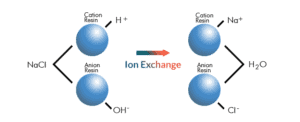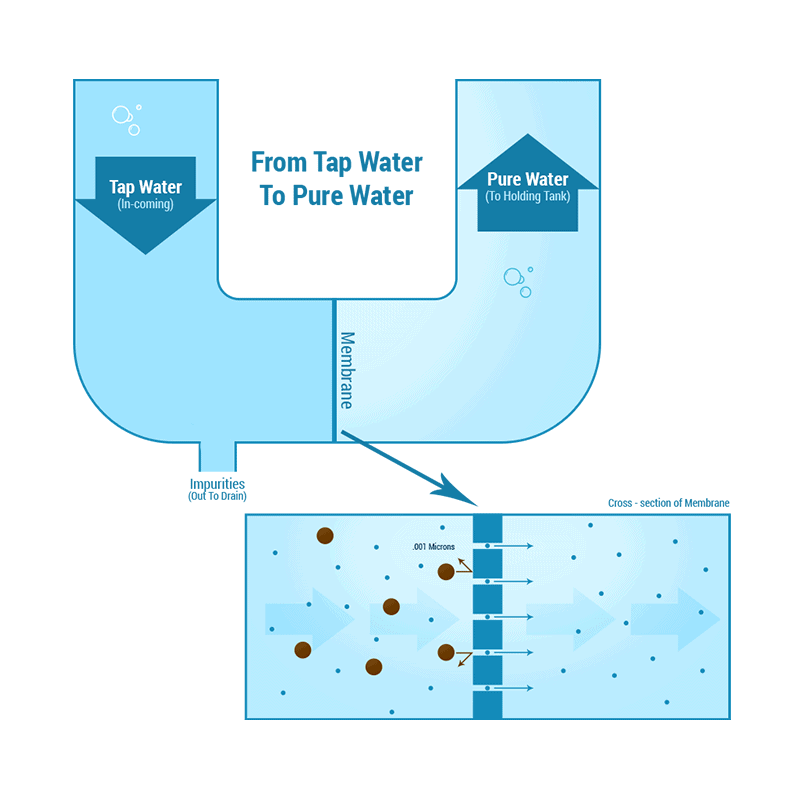You may have heard a lot about water filters, and you may have water filters or water purifiers for your home or offices. However, have you tried to find out how do water filters work.
Water is one of the essential things in our daily life. In the world, water covers 71% of the Earth’s surface. When it comes to the human body, there is 75% of the water in our body. It is used in agriculture, science, medical, recreation, transportation, food-processing and the most important, drinking. Thus, undoubtedly, water is the key thing to survive in this world. However, water pollution has been increasing globally, so customers choose to have water filters in their home.
If you do not wish to read this blog and are wondering to purchase a water purifier, do check out the 10 best water purifiers in India and find the most suitable product based on your needs and budget.
But, before getting started, let us first understand what the water filters are.
What are Water Filters?
Water Filters separate unwanted impurities from water such as hardness, parasites, viruses, bacteria, test and odour, and sediment and give drinkable and quality water. Water filters work using a water filtering method that is used to filter out undesired chemical compounds, organic and inorganic materials from water. Thus, the ultimate purpose of water filters is to offer clean drinking water to customers.
Do you know, there are five types of water filters?
Types of Water Filters
- Mechanical Filters
- Absorption Filters
- Sequestration Filters
- Ion Exchange Filters
- Reverse Osmosis Filters
How do Water Filters Work
Most of us prefer to drink water which comes from a municipal supply that is safe to drink. However, many people have complained regarding the unpleasant tastes and odours from chemicals like chlorine. Of course, the chlorine is used to remove the germs and bacteria from the water. But, there are sometimes when the taste changes drastically due to excessive use of chlorine.
This is also one reason why people prefer to have water filters to purify water before drinking. But, have you ever thought, how does a water filter work?
Mechanical

Activated Carbon

For that, there are two types of carbon filters used for water filtering.
Carbon block filters provide a large adsorption surface and have additional layers in between the carbon that helps for better filtration. The second type of carbon filters is Granular Activated Carbon (GAC). GAC filters are available at various sizes, and they use more delicate granulated charcoal that contains a small surface area compare to the carbon block.
Ion Exchange Filters & Deionization
One of the chemical processes of removing dissolved impurities or iron from water is deionization. The exchange of Ion stabilizes ions with other ions is suitable for comparatively lower impurities. Even after purifying high-quality water, it does not remove organic pollutants.
Water softening system is another process that works by exchanging the salt trapped in the beads with the magnesium and calcium ions. While the minerals are trapped, salt is released and makes the water softer.
When it comes to industry, the industrial water softening reduces scale build-up boilers, valves and other equipment.
Distillation
Distillation is one of the simplest and easiest ways to filter water. In this method, the water is boiled and condensed steam is captured in a separate container. Then, all the remaining contaminants in the original container are removed.
Reverse Osmosis(RO)
Reverse Osmosis is one of the most popular methods in households. The process uses multiple filters to remove contaminants. Typically, there are five filters. The first filter is a mechanical filter, the second and third are carbon filters, the fourth is the semipermeable membrane, and the fifth is a chemical filter.
RO is a filtering process for higher concentrations of impurities. The water filtration systems force water through a semipermeable filter under high pressure. Then the filter allows the water and restricts to pass contaminants. It is an easy and straightforward process and that’s why Reverse Osmosis is one of the most relevant and useful water filtration methods for removing bacteria and viruses from water.
RO water filtration method is popular and Ultraviolet (UV) and Ultrafiltration (UF) methods are also used worldwide. You may find UV and UV similar but it is not the same. We have written a comprehensive blog on RO, UV and UV water purifiers. It will help you to get complete details regarding the three famous water purifying technologies.
Also read: Top 5 Best UV Water Purifiers in India
Conclusion
There is no doubt that if we drink purified and filtered water for our healthy life, the chances of suffering from any water-related diseases go down drastically. We hope you learned a lot of new things regarding how do the water filters work.
These days, customers also prefer to buy non-electric water purifiers which are comparatively cheaper. Don’t go anywhere! Check out the 10 best non-electric water purifiers.

![How do Water Filters Work [Complete Guide] - 2021](https://aboe.in/wp-content/uploads/2021/01/How-do-Water-Filters-Work.jpg)


